Errors and solutions in high-power laser cutting
The important process parameters that affect the quality of cutting generally include cutting speed, laser power, assist gas, focus position, laser nozzle, material properties, etc. As you can see, there are many factors that influence the laser cutting process. Improper control or inaccurate parameters have a major impact on cutting accuracy and cutting quality.
Let us take a look at the most common cutting errors and solutions in daily processing.
1. The following problems can occur when cutting carbon steel with oxygen:
1.1 The stripes on the top layer of the sheet and the drag lines on the bottom layer are too coarse.

Possible reasons:
(1) The nozzle is too large;
(2) The cutting pressure is too high and causes excessive burning;
(3) The cutting speed is too slow, causing excessive burning; the speed is too fast, causing insufficient cutting.
Solution
(1) Replace the small nozzle with a suitable nozzle;
(2) Reduce the gas pressure to make the surface of the cutting edge lighter;
(3) Adjust the cutting speed to a range suitable for the current power.
1.2 The upper layer of the plate has slightly rough stripes, with smaller or deeper saw teeth, while the lower layer has better drag lines.
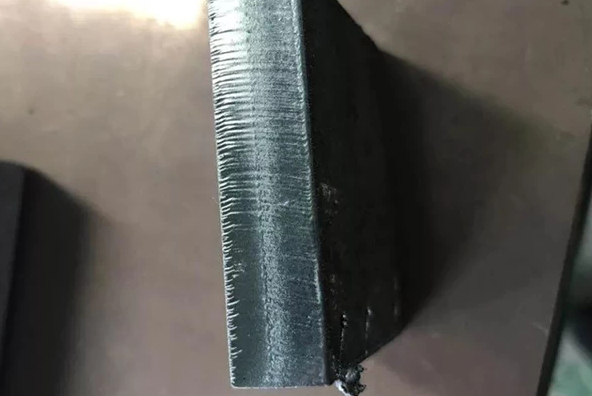
Possible reasons:
(1) The nozzle is too large;
(2) The defocus amount does not match;
(3) The cutting speed is slow.
Solution
(1) Replace the small nozzle with a suitable nozzle;
(2) Increase the positive defocus further while leaving the nozzle diameter unchanged;
(3) Adjust the cutting speed to a range suitable for the current performance.
1.3 The top layer of the plate profile is well processed, but there is slag at the bottom, which affects the quality of the profile.
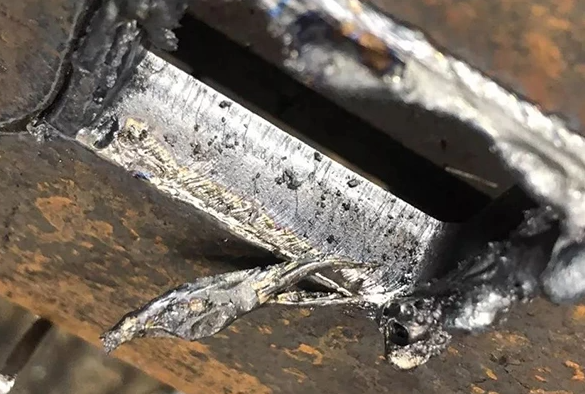
Possible reasons:
(1) The front defocus is too large, resulting in a concentration of energy and forming a trailing tail;
(2) Air supply error: The air pressure is too low, causing the cutting band to form a drag line and slag;
(3) The cutting speed is too high, resulting in a delay.
Solution
(1) Reduce the forward focus appropriately, leave the other parameters unchanged and observe the slag formation at the bottom;
(2) Increase the feed air pressure appropriately, try to increase it to no more than 1 bar, and observe the situation;
(3) Adjust the cutting speed to a range suitable for the current output.
2. When cutting stainless steel with nitrogen, some common problems may occur:
2.1 Stratification and rough cut surfaces may occur when cutting thin stainless steel plates

Possible reasons:
(1) The negative defocus is too large, which leads to plasma formation, blue light formation and layering;
(2) The nozzle diameter is too small;
(3) The supplied air pressure is too high.
Solution
(1) Reduce the negative defocus, leave the other parameters unchanged and observe the phenomenon;
(2) Replace the nozzle with a larger one;
(3) Reduce the air pressure appropriately.
2.2 When cutting thick stainless steel plates, incomplete cuts occur, and the cut section does not reach the bottom of the plate.
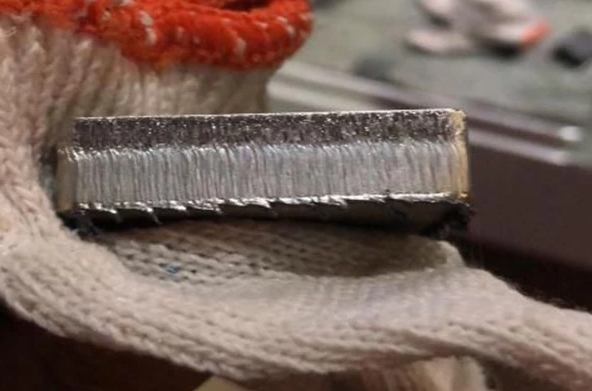
Possible reasons:
(1) The nozzle is too small;
(2) The defocus amount does not match;
(3) Insufficient air pressure, resulting in an insufficient cut.
Solution
(1) Replace a larger nozzle to increase the gas flow rate;
(2) Increase the negative defocus further so that the cutting area reaches the bottom;
(3) Increase the air pressure.
2.3 Stratification occurred when cutting thick stainless steel plates. Adjusting the air pressure and the positive and negative focus did not significantly improve the effect.
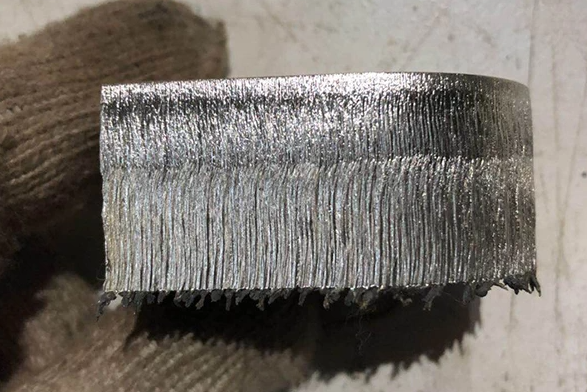
Possible reasons:
(1) If the speed cannot be increased, the laser energy is too concentrated and the reaction with the material is too intense;
(2) The nozzle diameter is too small, resulting in too low a flow rate.
Solution
(1) Provided that the peak power remains unchanged, reduce the frequency and duty cycle appropriately;
(2) Replace a larger nozzle to increase the gas flow rate.

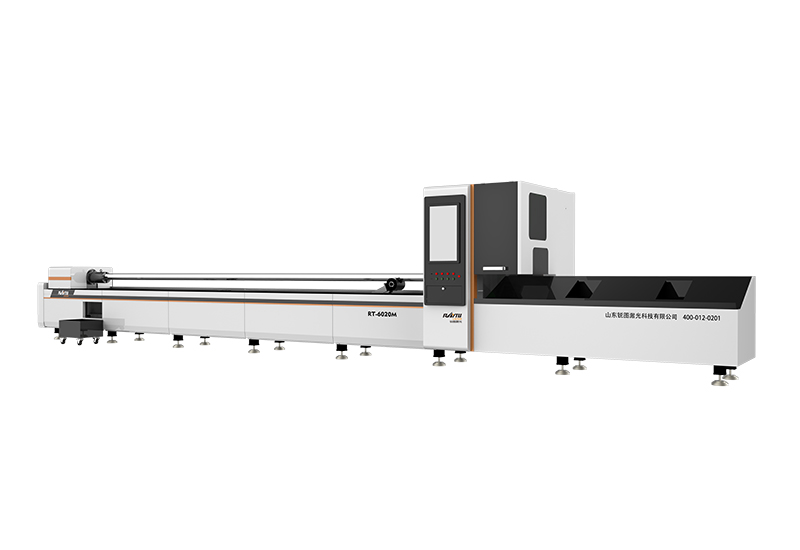
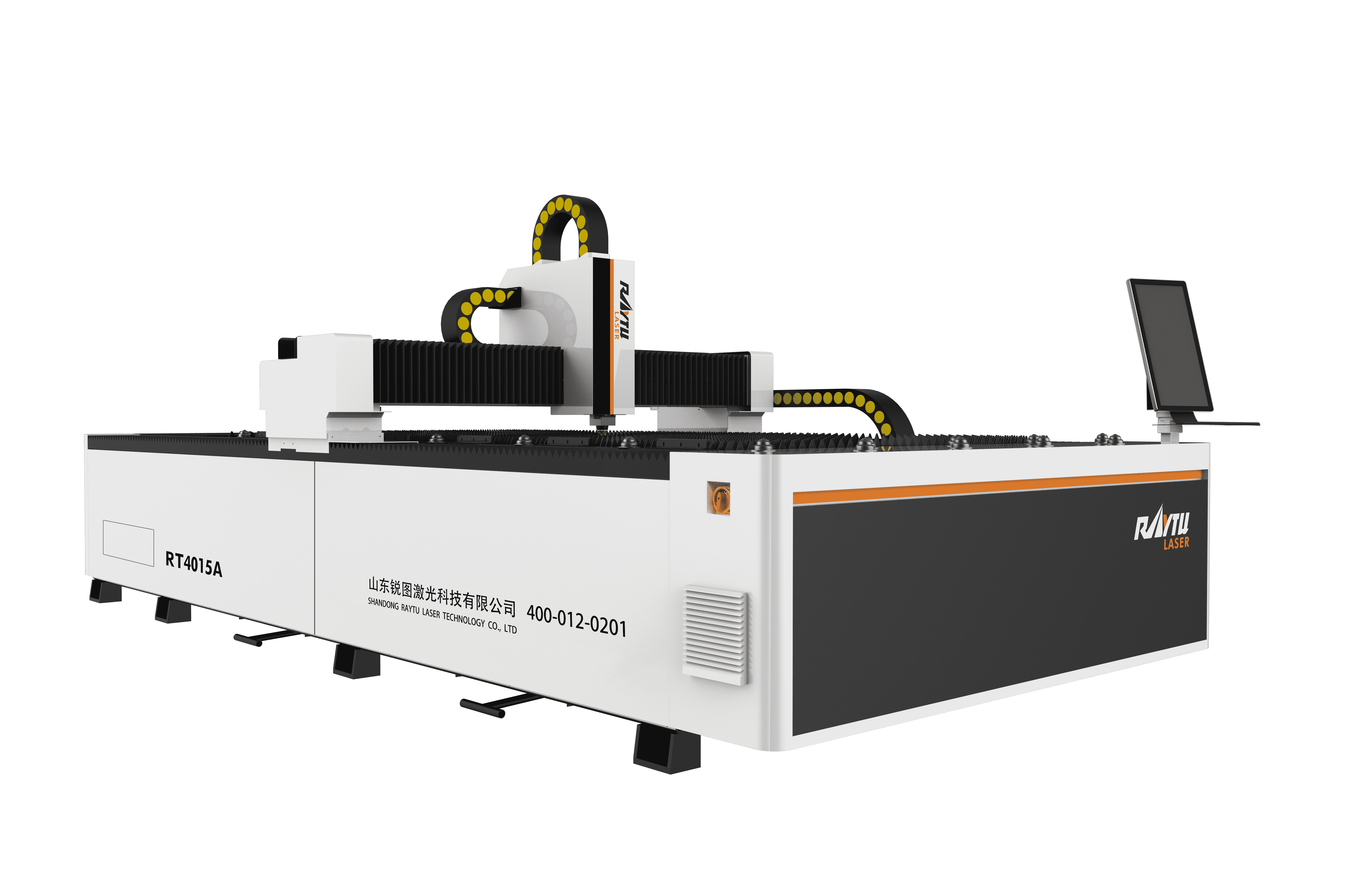
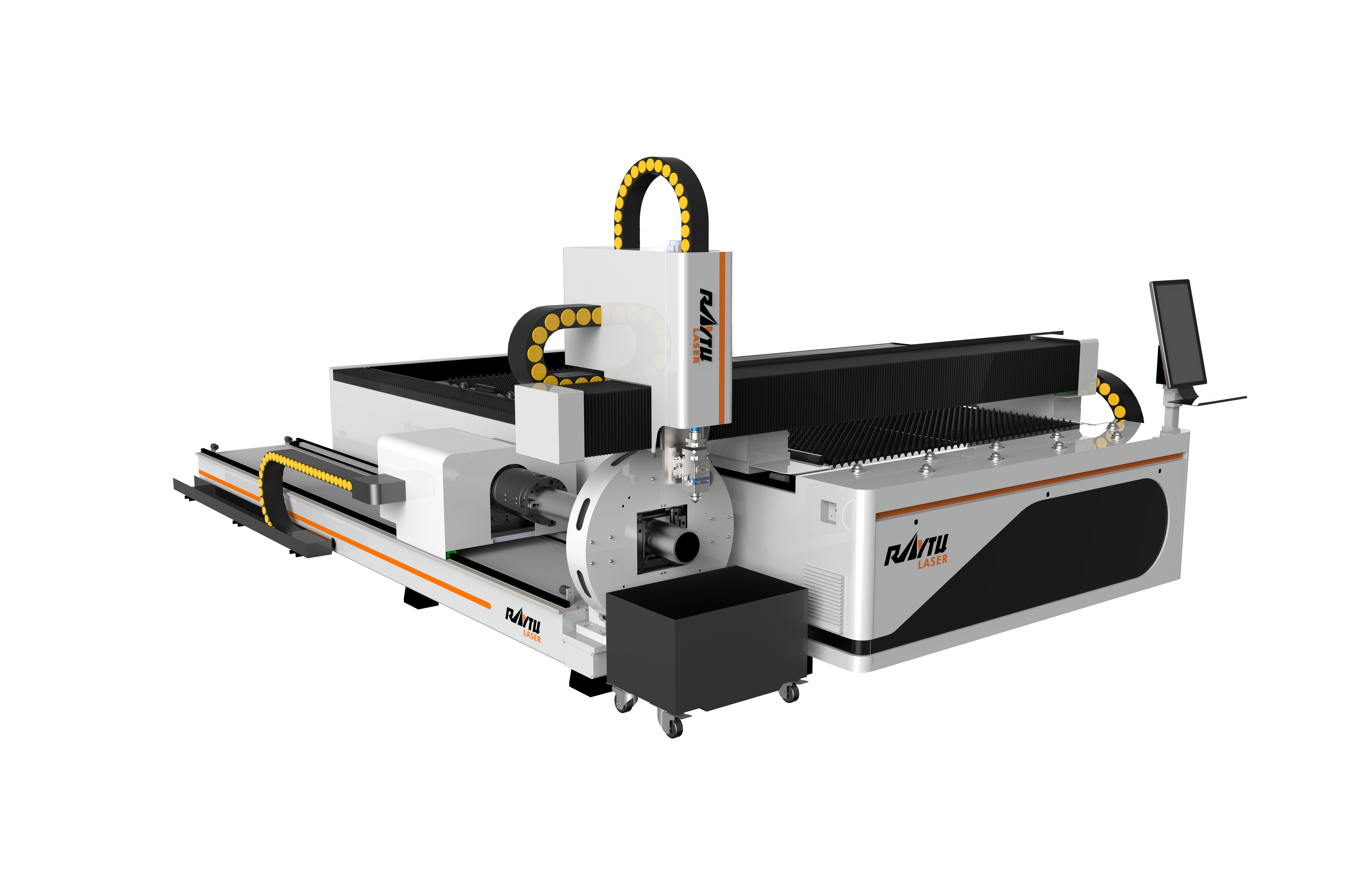

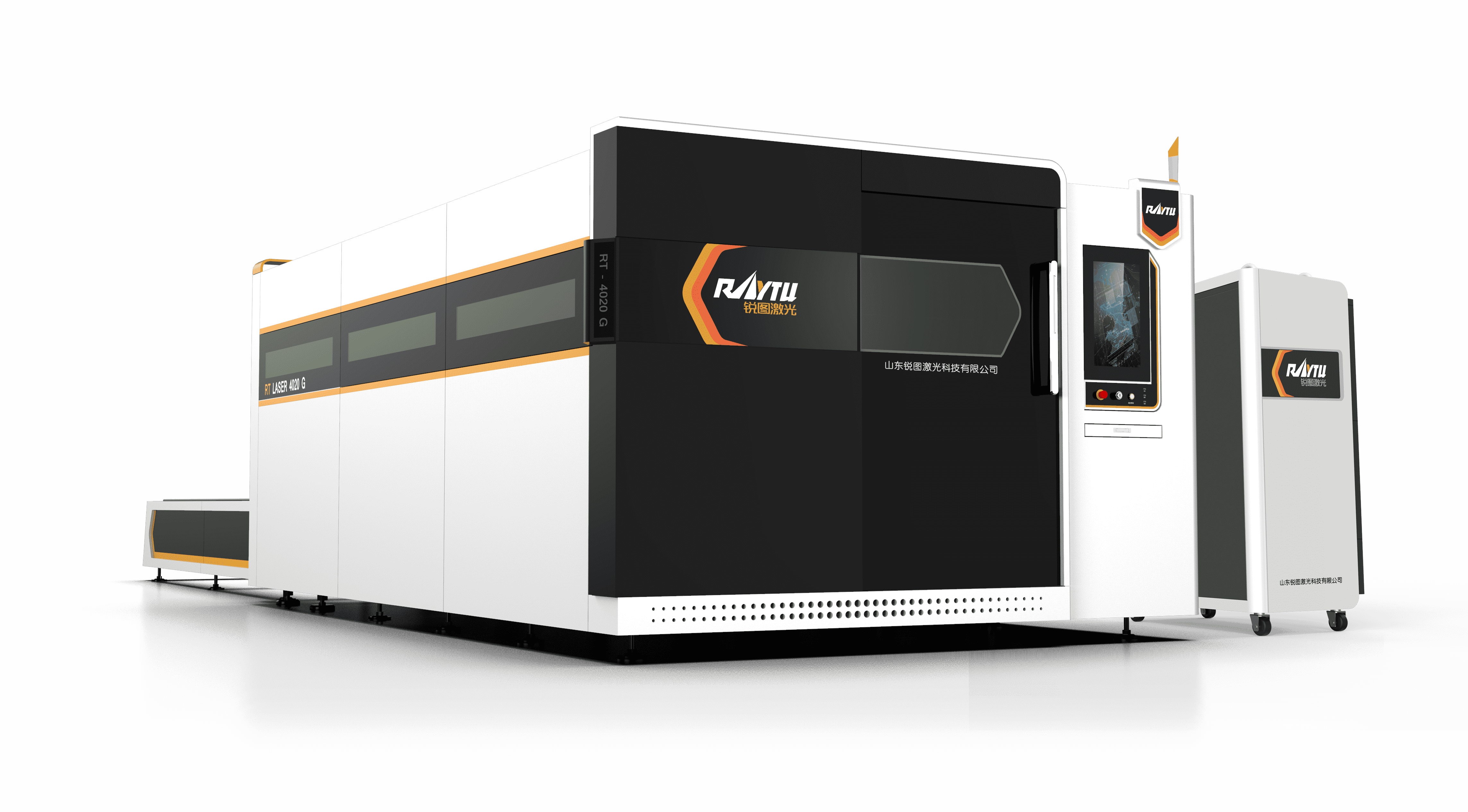
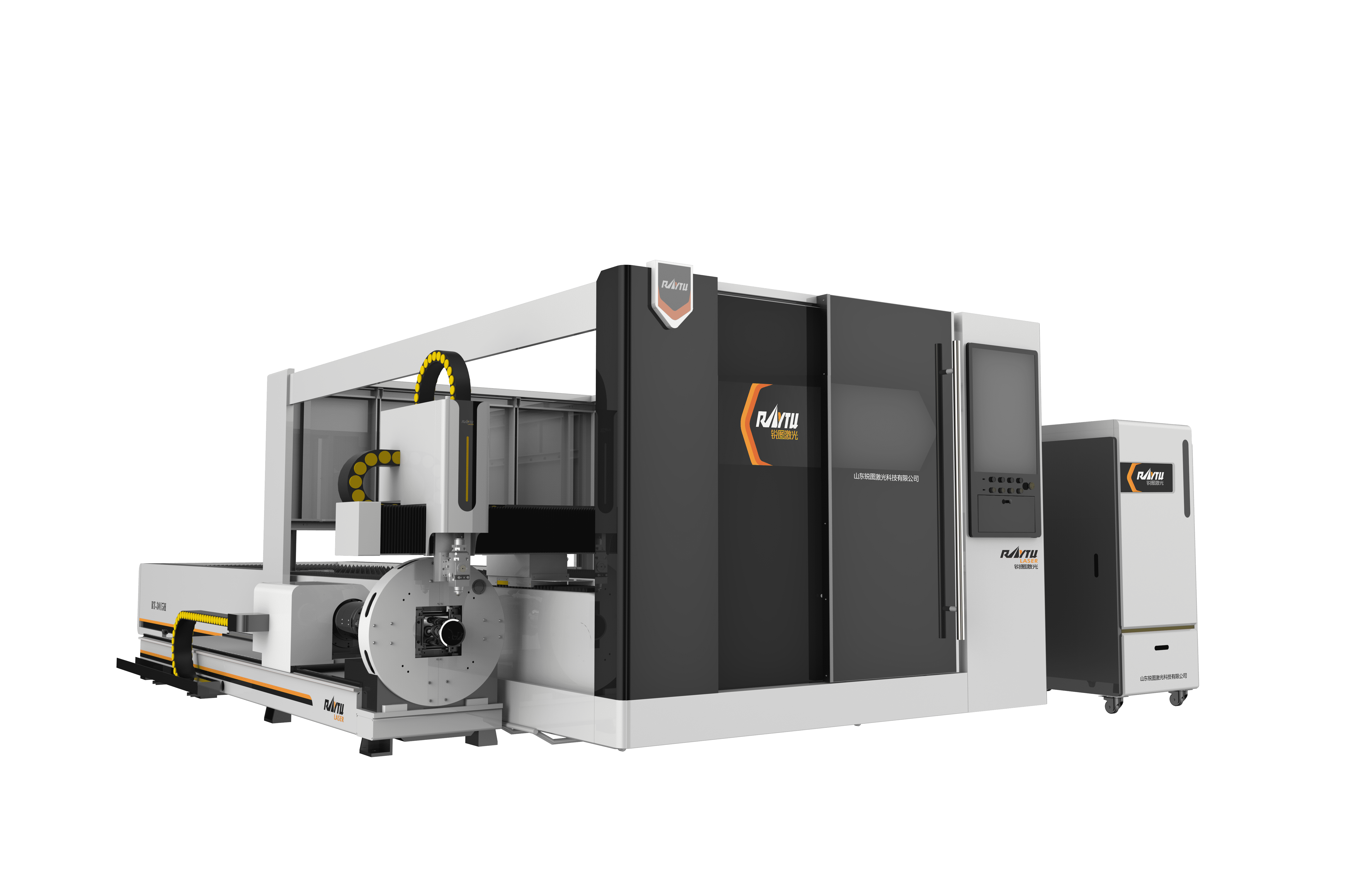
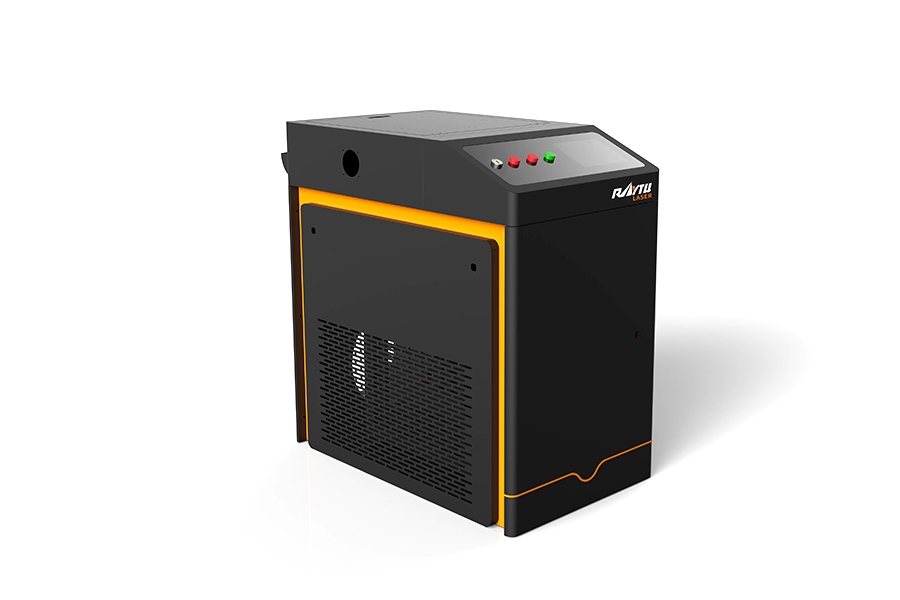
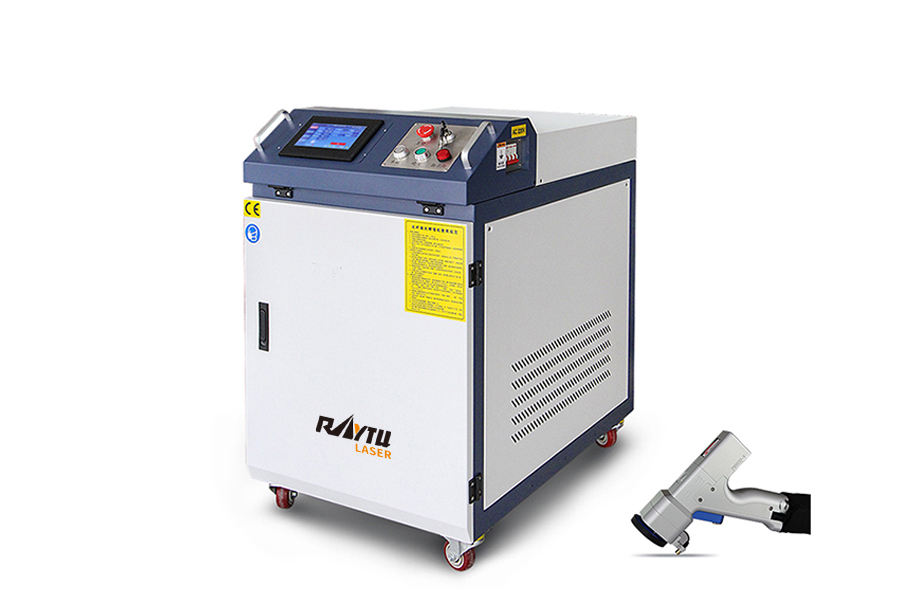
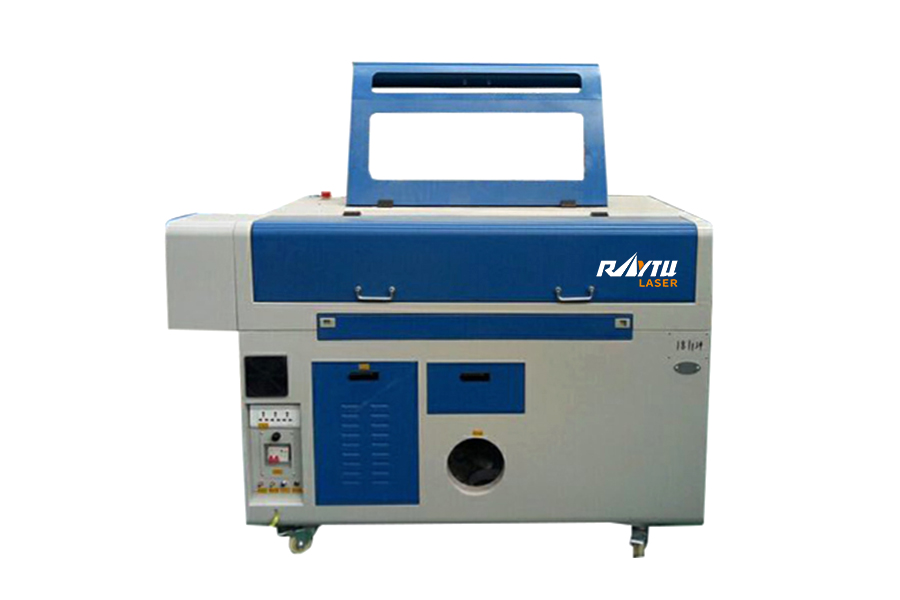






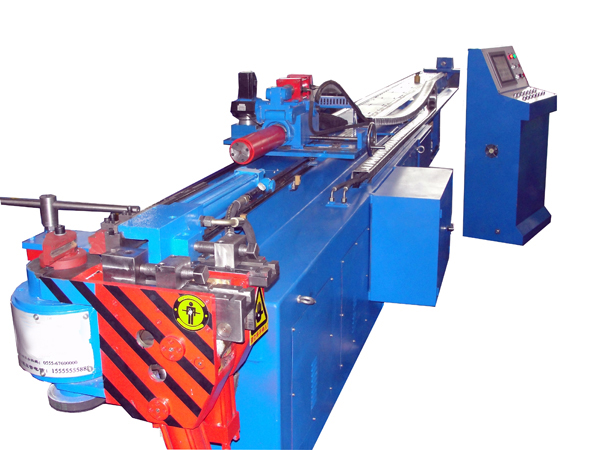
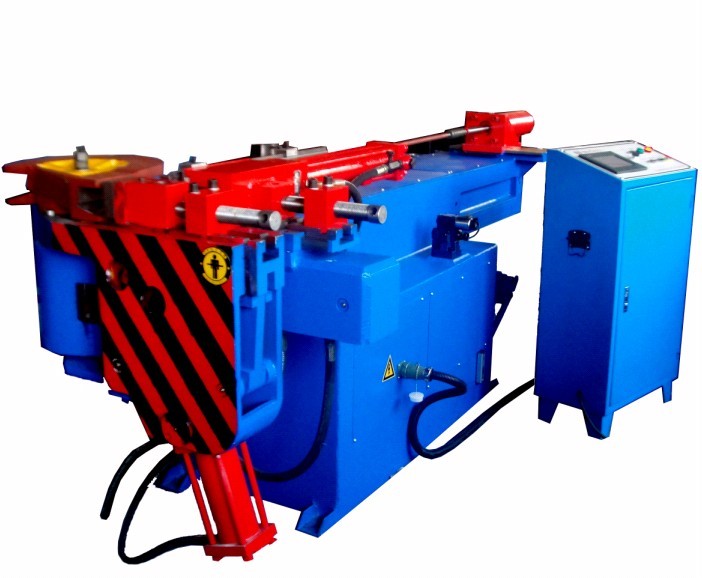
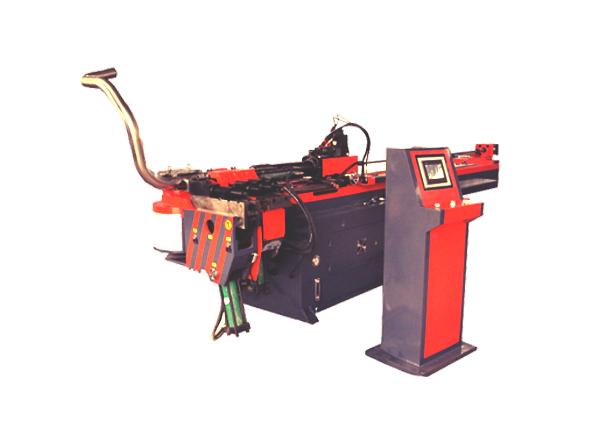


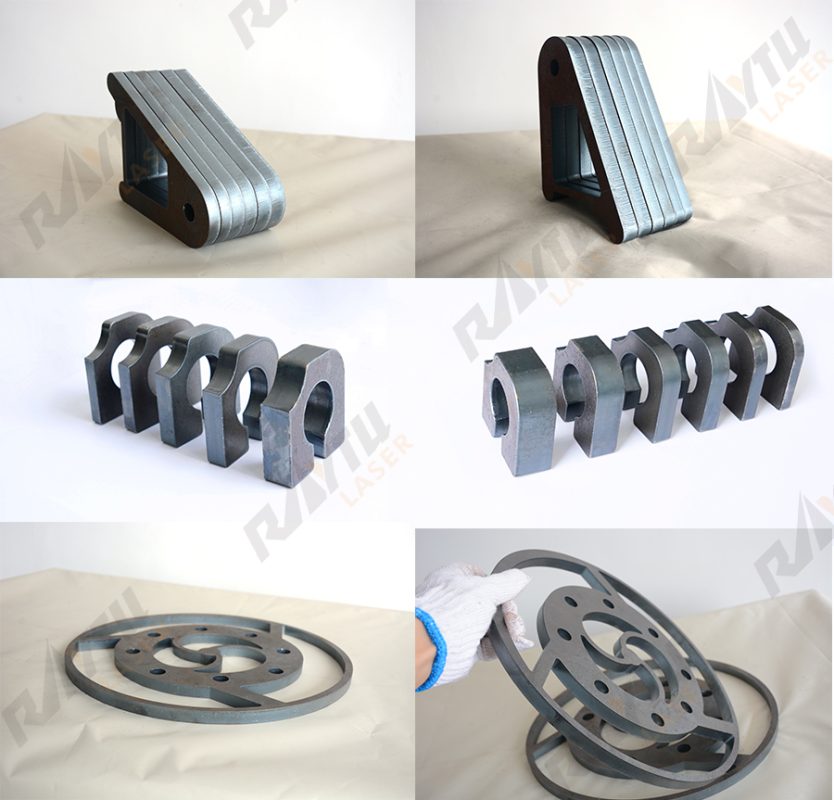
 0531-87978823
0531-87978823 +86 16653132325
+86 16653132325 sales01@raytu.com
sales01@raytu.com Contact us
Contact us